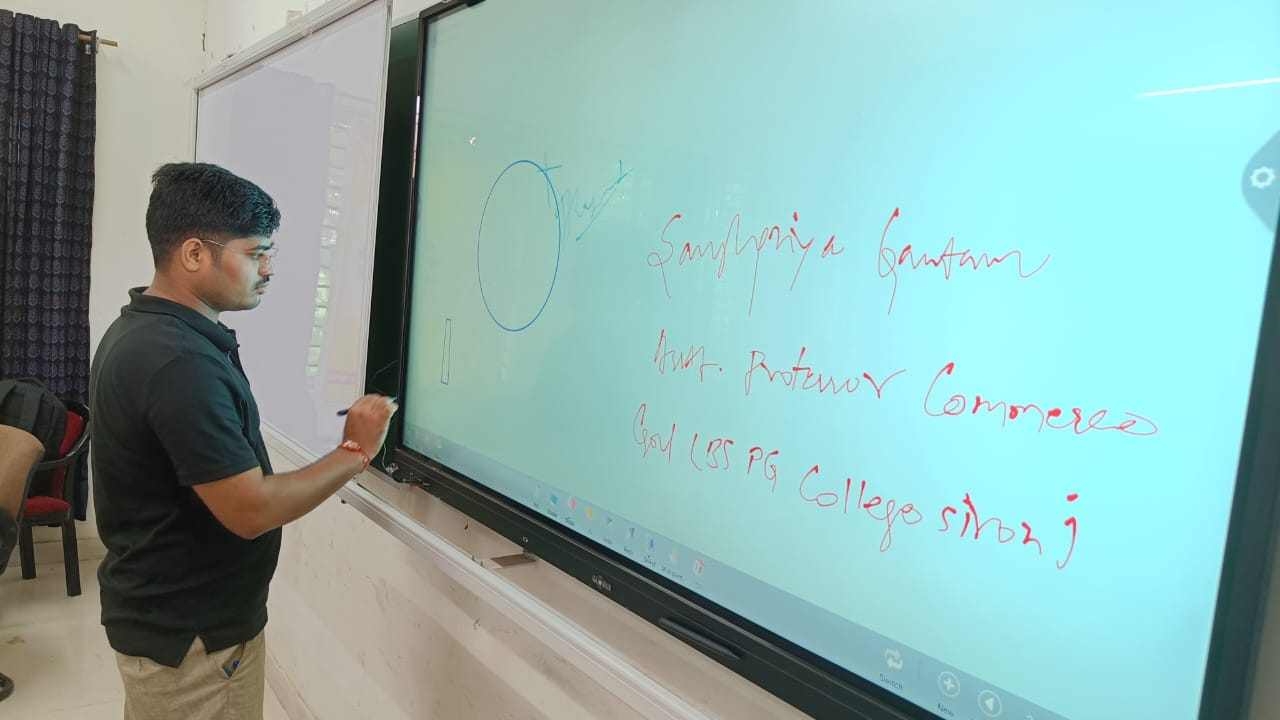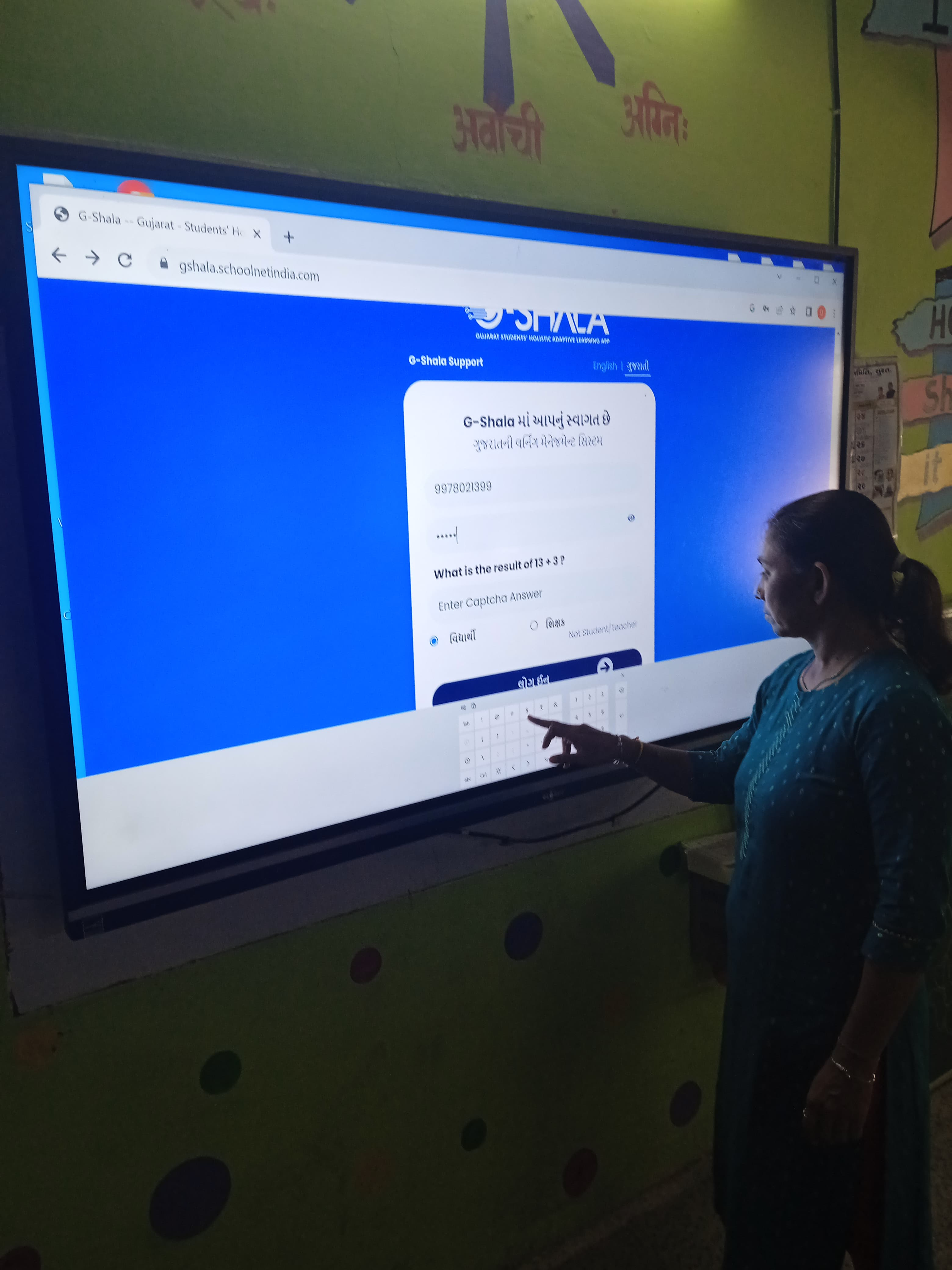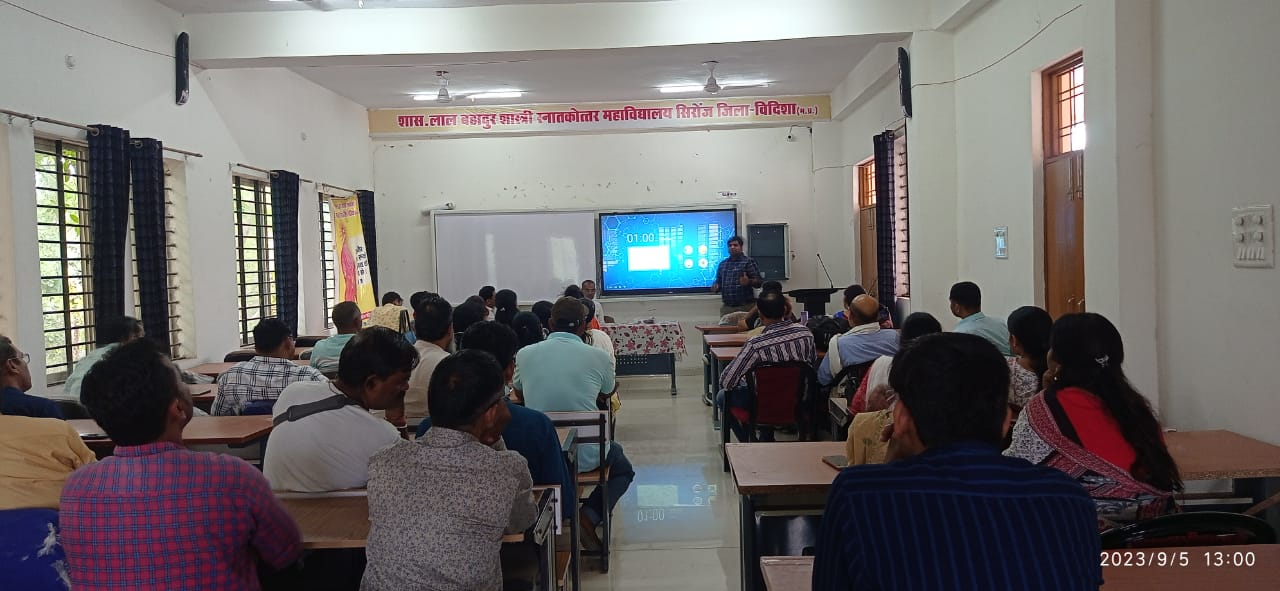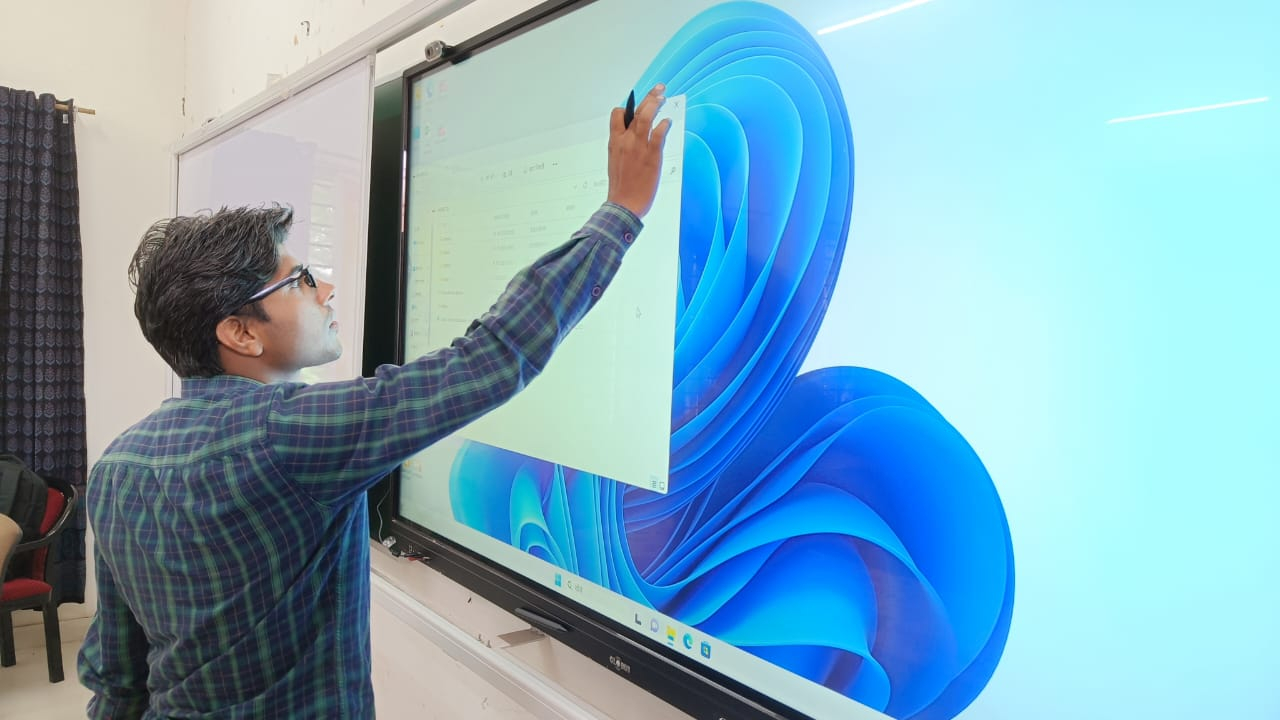- Description
-
Details
Smart classroom technology has ushered in a new era in education, revolutionizing the traditional learning environment. These modern classrooms are equipped with interactive displays, digital content, high-speed internet, and educational software, enhancing both teaching and learning. In this article, we will explore the numerous benefits of using smart classroom technology and how it has transformed education for students and educators alike.
-
Enhanced Engagement
One of the primary benefits of smart classroom technology is its ability to enhance student engagement. Interactive whiteboards and displays allow educators to create dynamic and visually appealing lessons. The use of multimedia, such as videos, animations, and interactive quizzes, captivates students' attention and makes learning more enjoyable. This increased engagement can lead to better comprehension and retention of information.
-
Personalized Learning
Smart classroom technology enables personalized learning experiences. Educational software can adapt to individual students' learning styles, paces, and abilities. This customization ensures that each student receives the support and challenges they need, ultimately improving learning outcomes. Teachers can also provide one-on-one assistance and tailor their instruction to meet specific student needs.
-
Efficient Resource Management
Digital content and resources in smart classrooms reduce the need for physical textbooks and printed materials. This not only saves schools money but also contributes to environmental sustainability by reducing paper consumption. Additionally, teachers can easily update and share digital resources, streamlining administrative tasks and improving resource accessibility.
-
Global Connectivity
Smart classrooms break down geographical barriers and enable students to connect with experts, classrooms, and resources worldwide. Through video conferencing, online collaboration tools, and virtual field trips, students can gain diverse perspectives and cultural awareness. This global connectivity prepares students for a globalized workforce and fosters a sense of global citizenship.
-
Assessment and Feedback
Educational software in smart classrooms often includes assessment tools that can automate grading and provide instant feedback to students. This feature saves teachers time, allowing them to focus on improving instructional quality rather than administrative tasks. Students also benefit from timely feedback, which helps them track their progress and make necessary improvements.
-
Flexibility and Accessibility
Smart classroom technology offers flexibility in terms of when and where learning can take place. Lessons and resources are accessible online, allowing students to review materials at their own pace. This flexibility is especially beneficial for students with diverse learning needs or those who require additional support.
-
Remote Learning
In recent times, the importance of remote learning has become evident, especially during events like the COVID-19 pandemic. Smart classrooms seamlessly transition to remote learning environments, ensuring continuity in education. Teachers can conduct virtual lessons, assign digital coursework, and communicate with students remotely, providing a safety net in challenging situations.
-
Increased Teacher Efficiency
Smart classroom technology simplifies many aspects of teaching, allowing educators to be more efficient. Teachers can use digital tools for lesson planning, grading, and classroom management. This efficiency frees up time for educators to focus on instructional design, individualized student support, and professional development.
-
Access to Rich Resources
Smart classrooms provide students with access to a wealth of online resources. These resources can include educational websites, digital libraries, research databases, and interactive simulations. This access enables students to explore topics beyond the scope of traditional textbooks, enhancing their knowledge and critical thinking skills.
-
Environmental Impact
The adoption of smart classroom technology contributes to a more sustainable educational environment. By reducing the need for paper, schools can significantly decrease their carbon footprint. This commitment to environmental sustainability sets a positive example for students and the community.
Challenges and Considerations
While smart classroom technology offers numerous benefits, there are also challenges and considerations to address:
-
Cost: The initial setup cost of smart classrooms, including hardware, software, and training, can be substantial. Schools and institutions must allocate sufficient resources to implement and maintain this technology effectively.
-
Digital Divide: Not all students have equal access to personal devices or reliable internet connectivity. Addressing the digital divide is essential to ensure that all students can benefit from smart classroom technology.
-
Privacy and Security: Protecting student data and ensuring the security of online learning environments is of utmost importance. Schools must implement robust cybersecurity measures and adhere to privacy regulations to safeguard sensitive information.
-
Teacher Training: Effective use of smart classroom technology requires ongoing training for educators. Teachers must become proficient in using these tools to maximize their benefits in the classroom.
-
Overreliance on Technology: Striking a balance between technology and traditional teaching methods is crucial to avoid over-reliance on screens and devices. Technology should enhance, not replace, effective teaching practices.
Conclusion
Smart classroom technology has transformed education by enhancing engagement, personalizing learning, and simplifying teaching. The benefits of this technology extend to students, teachers, and the environment. However, addressing challenges such as cost, access, and privacy is essential to ensure that all students have the opportunity to benefit from smart classrooms. As technology continues to advance, these innovative learning environments will play an increasingly vital role in preparing students for the challenges and opportunities of the future. Smart classrooms represent not just a technological upgrade but a fundamental shift in the way education is delivered and experienced, ensuring that learners are equipped with the skills and knowledge they need to succeed in an ever-evolving world.
Smart Classroom Images






-
- Reviews
-
Default welcome msg!

